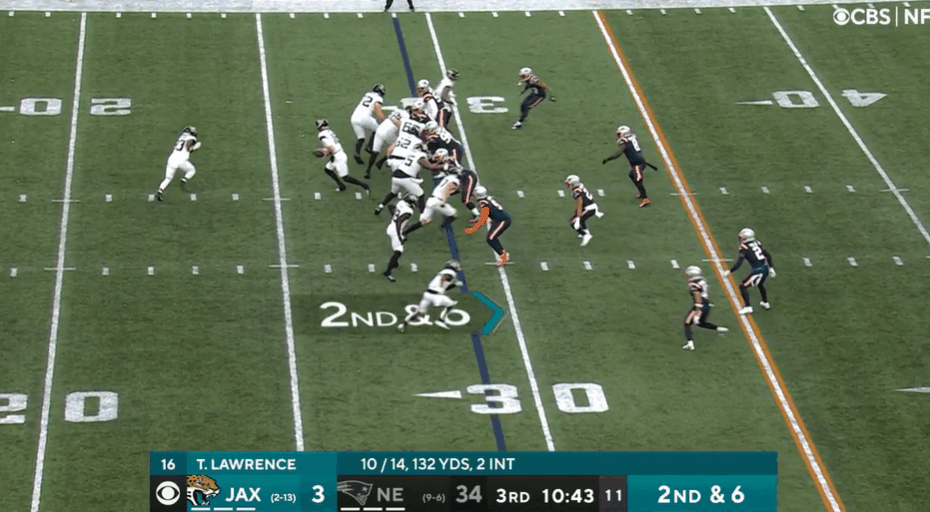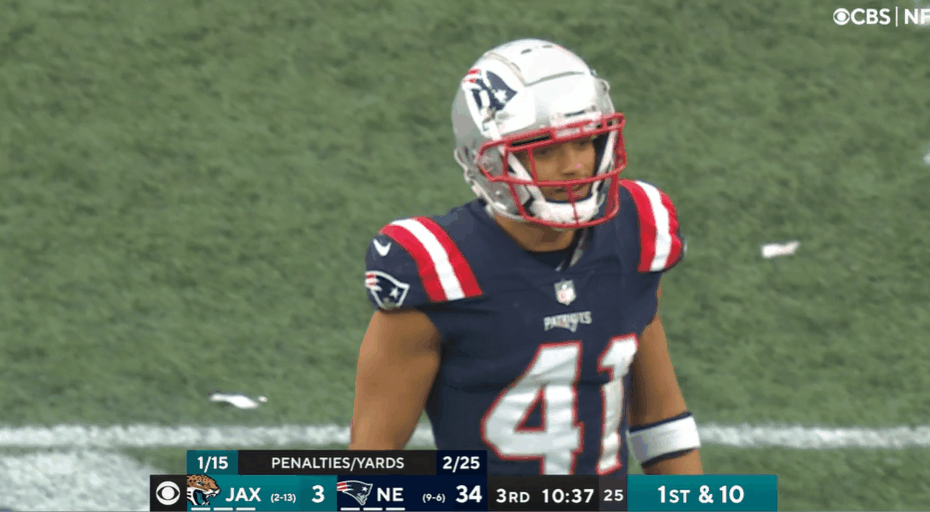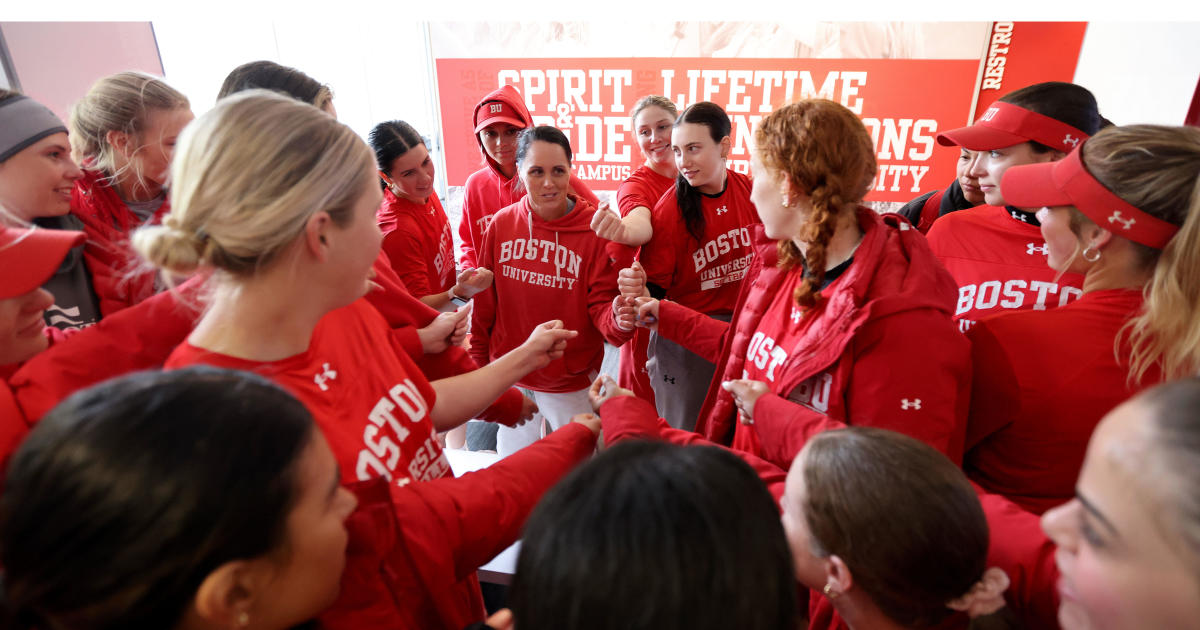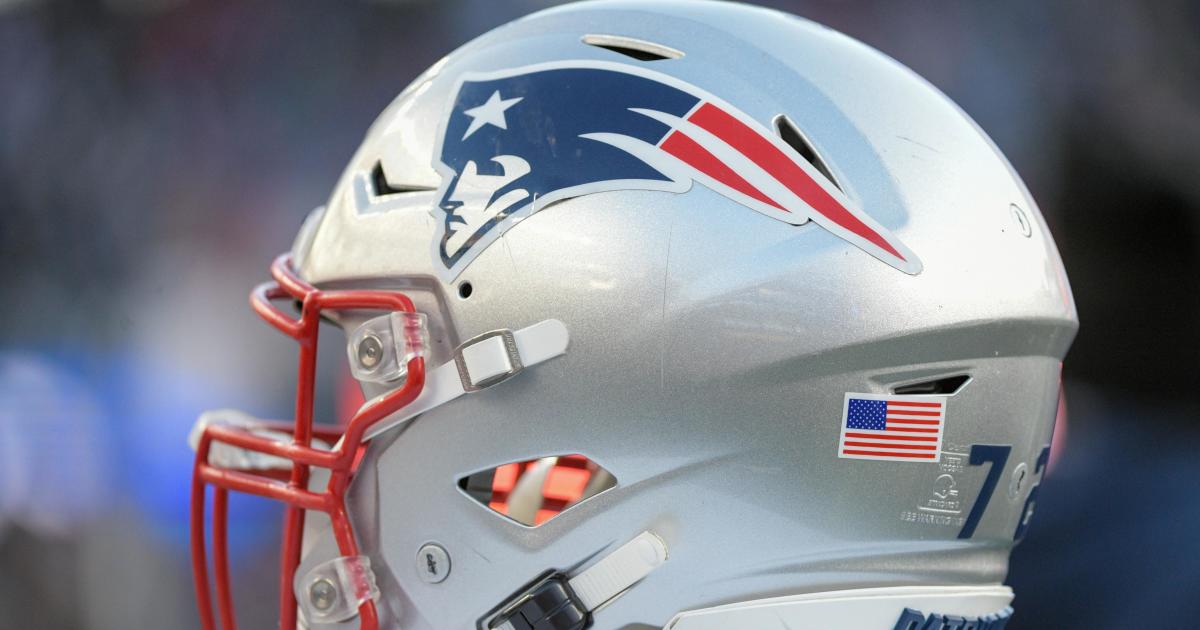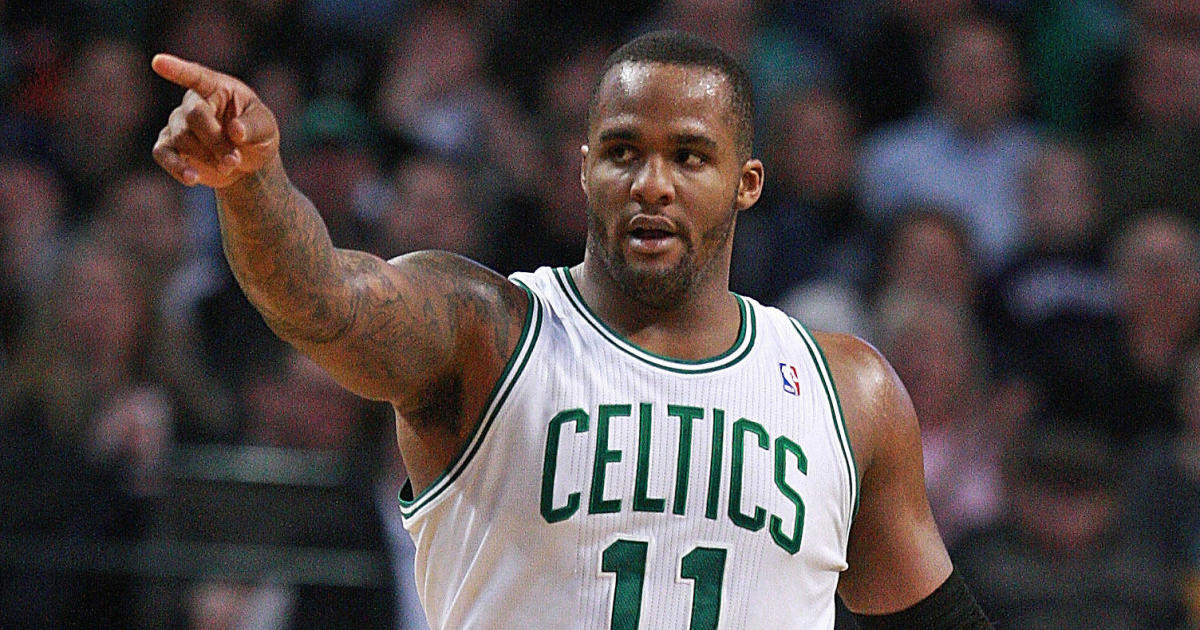Confused About NFL's Lowering The Helmet Penalty? Bill Belichick Helps Explain What Officials Are Looking For
BOSTON (CBS) -- The rules of the NFL can be hard to follow. The penalty for lowering the helmet? Often doubly so.
The rule -- which penalizes players on either offense or defense for initiating contact with an opponent -- was instituted in 2018, and its enforcement has been spotty at best. While the league has done a good job of protecting the heads of quarterbacks and defenseless receivers, it's proven to be a challenge to take helmet-to-helmet collisions out of the act of tackling.
The Patriots found themselves on the wrong side of this rule on Sunday, when Myles Bryant lowered his helmet while making a tackle against Tavon Austin. Granted, Austin also lowered his head before contact, but when the penalty has been enforced, it's generally been called on defensive players.
The CBS broadcast showed Belichick demonstrably speaking with an official after the call. It wasn't clear if Belichick's confusion came from the spotting of the ball or the call itself.
This penalty in this game was utterly inconsequential. Despite the 15-yard boost, the Jaguars lost a yard before Trevor Lawrence threw incomplete on third down, leading to a punt.
But in another game, in another situation, such a penalty could have a massive impact on the outcome.
With that in mind, Belichick was asked Monday morning what the coaches can do to try to navigate around this rule to prevent penalty flags from flying. He had some ideas but wasn't positive that he had the correct answer.
"The rule is kind of based on the posture of the defender, assuming that there's no helmet contact. You know, when you hit the opponent in the head, that's a whole other conversation," Belichick explained. "But just in terms of tackling, it's the posture of the player. And so I'd have to take a closer look at the play. That'll probably be one to make sure we understand. We'll have to do a better job of coaching it. I'm not really sure what the answer to that one is right now -- probably need a little more information."
Here is the exact letter of the law:
"It is a foul if a player lowers his head to initiate and make contact with his helmet against an opponent. Contact does not have to be to an opponent's head or neck area -- lowering the head and initiating contact to an opponent's torso, hips, and lower body, is also a foul. Violations of the rule will be easier to see and officiate when they occur in open space -- as opposed to close line play -- but this rule applies anywhere on the field at any time."
While Belichick indicated he's not necessarily 100 percent certain on every aspect of how the rule was applied in this scenario, his answer from a coaching standpoint is to stress to tacklers to not bend their upper body forward while going in to make a tackle.
"We don't want to lead with the head and we don't want to be in that posture, where the legs are straight and the upper body is kind of in that L-type posture," Belichick said. "I think that's really what the officials are looking for."
The league made the penalty a point of emphasis heading into the season. Anecdotally, though, it doesn't appear to have been called more or less often than in the previous few seasons. Now with the season entering the final week before the playoffs, any and all instances of the penalty are sure to be amplified and dissected by players, coaches, fans and pundits alike. And if Belichick isn't 100 percent on every aspect of the rule in every application, suffice it to say the rest of us will largely be left guessing.
